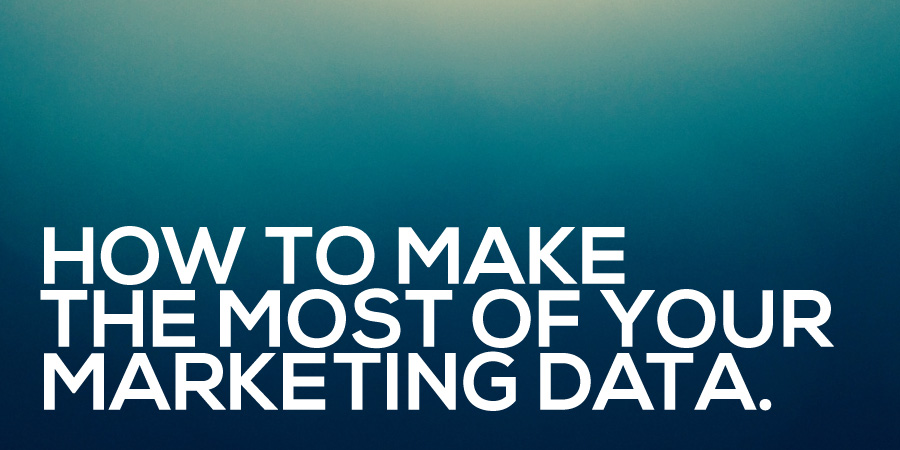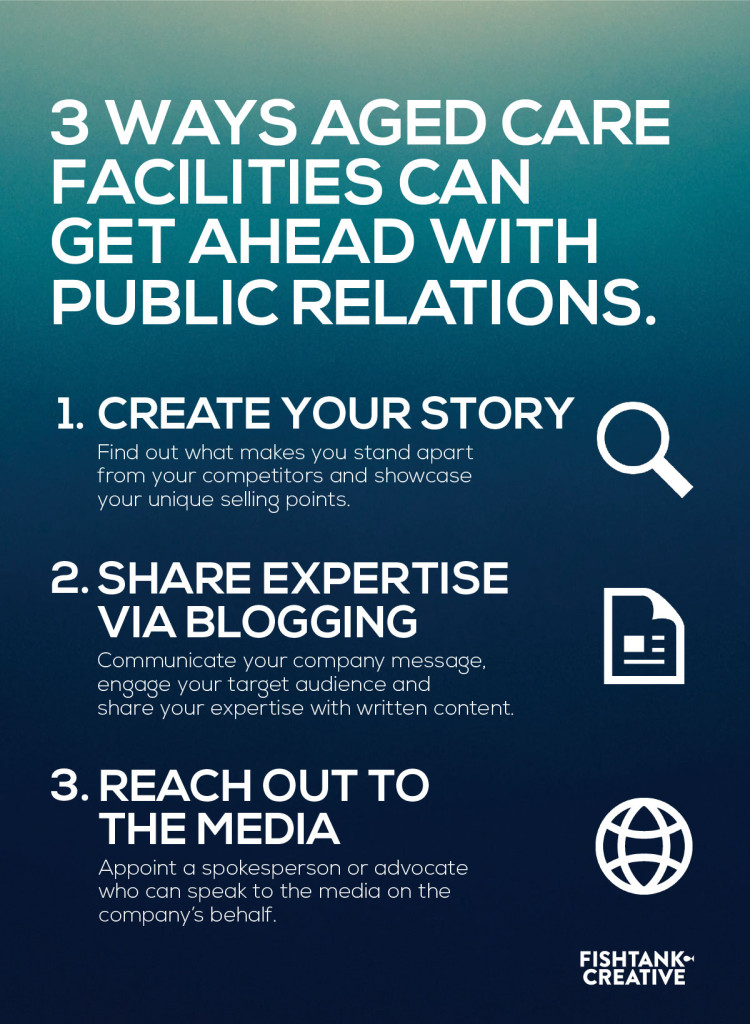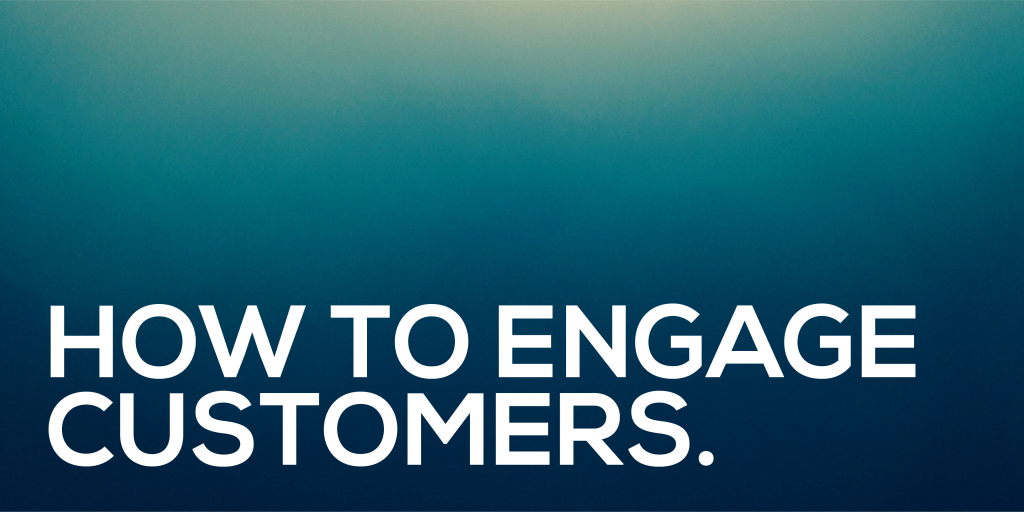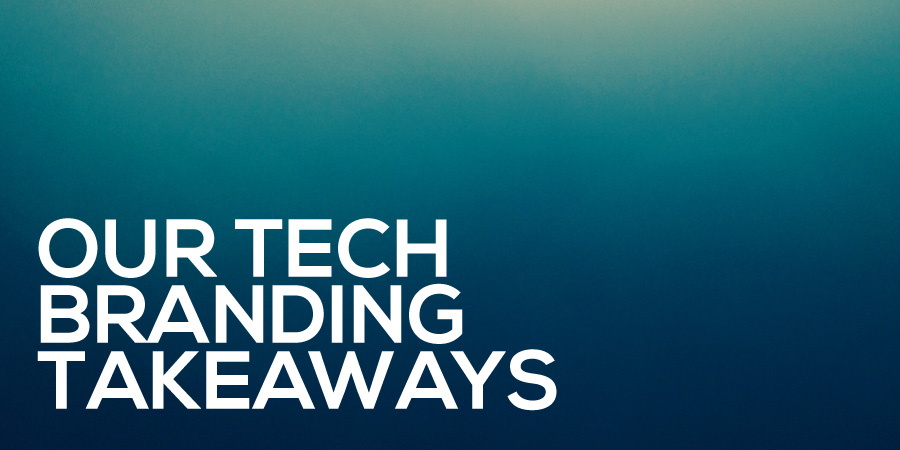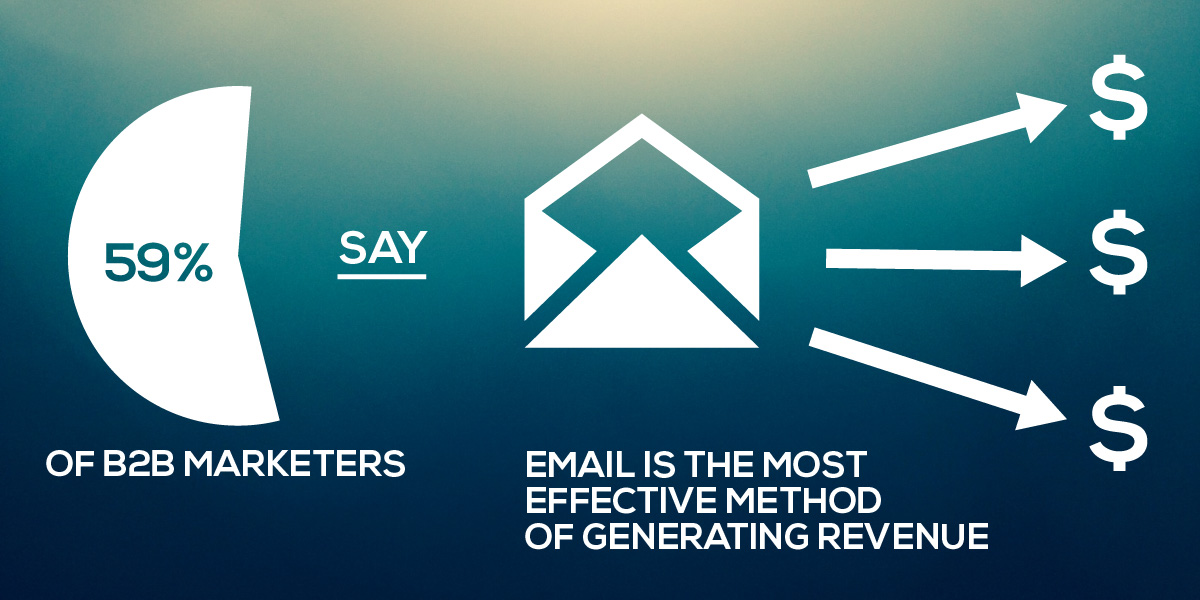
Branding is everything when it comes to selling aged care. Families simply want their loved one to go to a facility that will take exceptional care of them, treat them with dignity and provide them with quality of life. When people shop for aged care, they’re not only looking for a good price, they’re looking for human connections – nurses who smile, amenities like home, as well as an environment of laughter and friendship. Strong aged care brands understand this, not only offering exceptional care, but communicating it in a meaningful way. Here are three signs of an excellent aged care brand:
1.They’re unique
Many aged care providers struggle to stand out in such a competitive industry. Often this is because they’re trying to be it all, for example, “a luxury facility at a low price with excellent care and quality of life”. While it can be tempting to try and corner the entire market, this approach rarely works. A strong aged care brand finds its niche – its unique selling point – and focuses only on this. What does it stand for? What does the organisation value most? An excellent brand will always avoid using things like quality of care or accommodation as unique selling points – these are merely standard expectations for the industry. Instead, it will focus on an area where it truly stands out against the pack, for example, it’s community, the diversity of its residents or the specific location. Remember, it’s the unique brands that have the strongest voices, so always dare to be different.
2.They’re consistent
The aged care industry is constantly changing, which is why it can be tempting to shift your brand offering to accommodate new market demands as they arise. While being agile to change is important, a strong brand never changes its essence or its core offering. While moulding your brand entirely every time there’s a shift in the market can work in the short term, it can destroy brand reputation in the long term. After all, there’s nothing worse than a company that doesn’t keep its promises. Remember, excellent brands dictate market activity – they’re not dictated by it. Your brand identity is one of your most valuable commodities, so stand your ground and remain true to your values no matter what happens.
3.They build community
An exceptional aged care brand doesn’t just care for its residents, but also the wider community. It utilises digital channels to keep residents’ families in the loop – not just to drive traffic to its website. Strong brands avoid the mistake of using digital communications for advertising. Instead, they offer meaningful information that loved ones and future residents will want to read. They understand that adding value is essential, offering up some of their aged care expertise to their networks. For example, providing healthcare advice, telling residents’ stories or keeping the wider community informed about what’s going on at the facility. Strong aged care brands understand that providing something worth reading helps to develop a stronger voice, and they do this wherever possible, going above and beyond the competition.
The team at Merryn Bourne Creative specialise in marketing for the Aged Care sector. We solve business problems, providing organisations with the right approach to engage clients and deliver the bottom-line results they’re looking for. Whether you need to review your current marketing or start afresh, we will write and implement the strategy to increase your brand reputation, market attractiveness and the overall velocity of your sales. For more information, contact us today.
